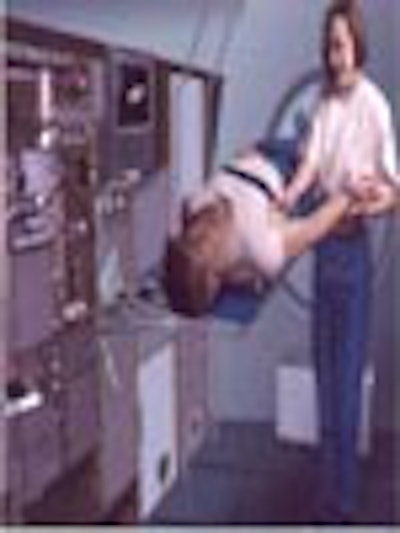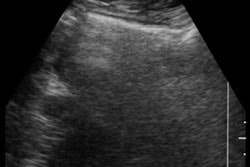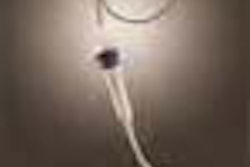
In most routine clinical settings, cooling your heels for 20 minutes while the images from a simple ultrasound scan are constructed would be frustrating. But if the images were being transmitted from a remote site -- say, about 141.5 million miles from Earth -- 20 minutes might not seem like such a waste of time.
That's one of the issues that a team from the National Aeronautics and Space Administration (NASA) must resolve before they send an ultrasound unit on the first manned mission to Mars.
While the Red Planet jaunt isn't scheduled to blast off until the year 2014, scientists here on Earth are already gearing up for a trip they say will yield unique information about the effects of space travel and allow for a better understanding of how the body functions.
"This could advance the use of ultrasound in looking at things like predicting bone density loss, as well as general changes in physiology, the heart, and blood flow," said Dr. Arthur Fleischer, chief of diagnostic sonography at the Center for Space Physiology and Medicine at Vanderbilt University in Nashville. (The Vanderbilt center supplied the above illustration, showing how the ultrasound system might be set up on the Mars mission.)
One research topic, according to Fleischer, will be the effects of micro-gravity on the reflex and neurohumoral aspects of the cardiovascular system; orthostatic intolerance, which has been linked to chronic fatigue syndrome, is another.
But why ultrasound? The modality's two greatest assets are its compactness and ease of use, explained David Martin, senior scientist for ultrasound at NASA's Johnson Space Center in Houston.
"The portability is the main thing," Martin said. "You can't get CT on (the shuttle), it's too big. As for x-ray, additional radiation in this situation is generally frowned upon. They're already getting a pretty healthy dose up there."
Martin heads up a program at Johnson in which he teaches non-MD shuttle crews how to use sonography equipment. The goal is to scan the astronauts on a regular basis to see how they are faring under hazardous conditions such as the long duration in micro-gravity (the mission is scheduled to end in 2016), and short episodes of increased G-forces during launch and landing. High levels of radiation, extreme temperatures, and atmospheric conditions are other problems.
Without gravity, the musculoskeletal system will be rapidly compromised, Fleischer said.
"There's going to be significant bone loss, and the easiest way to monitor that is with heel ultrasound because it deals with the density of the bone as well as the structure," he said. "With color Doppler, we can look at muscle blood flow. With that information, we can design certain measures to counter those issues, such as making sure (astronauts) get more exercise, nutrients, or medications."
An ultrasound unit on the International Space Station has been used to send back information about crew members and determine the best course for de-conditioning. An HDI 5000 scanner, manufactured by ATL Ultrasound of Bothell, WA, is in use. Modifying this same unit so that it fits securely inside the shuttle is in the works, Martin said.
"To begin with, it has to run on 28 volts. You have to use an LCD monitor because regular monitors are an implosion hazard. Hard plastics, such as those used to make computer shells, are a fire hazard. Finally, the whole thing has to fit inside a rack in the wall of the station," he said.
And the question of transmission time still floats around. Images that are sent back from Mars could take as long as 20 minutes in one direction. If there's planetary alignment between the Red Planet and Earth, the images may not make it back at all, Fleischer said.
Still, past experience has shown that ultrasound can handle the hardship of space travel, as shown by a test that puts aspiring astronauts, as well as the sonography equipment, in a converted Boeing 747, colorfully dubbed "The Vomit Comet."
"Basically, it flies at a steep angle and then free falls so you get short periods of micro-gravity. They do about 40 to 50 parabolas and they don't stop for anything, not even motion sickness. Hence the name," Martin said. "But the ultrasound equipment always holds up really well. The people, of course, are another matter."
By Shalmali Pal
AuntMinnie.com staff writer
June 16, 2000
Let AuntMinnie.com know what you think about this story.
Copyright © 2000 AuntMinnie.com


















